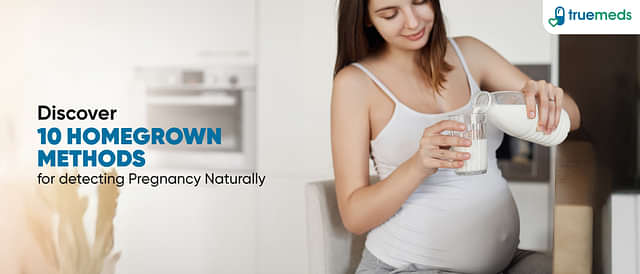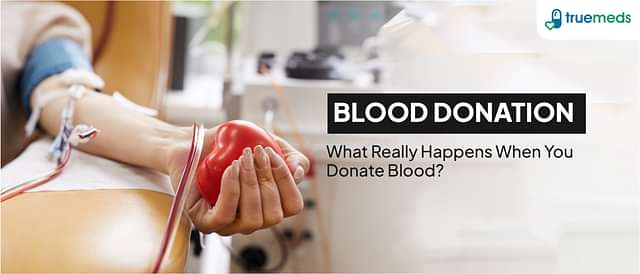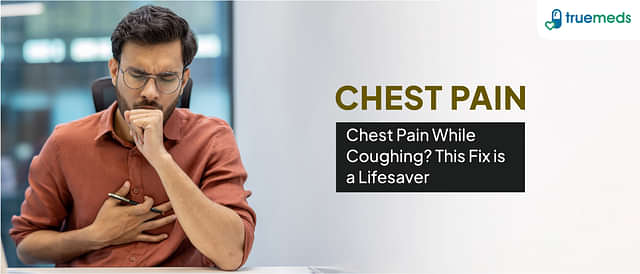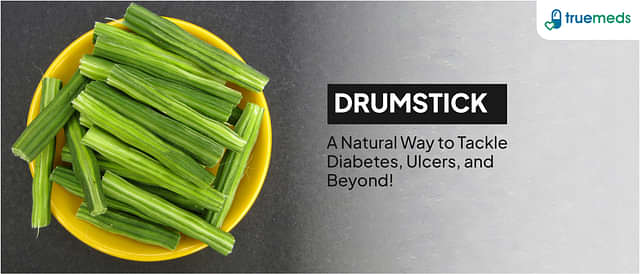Ankylosing spondylitis: Overview, causes, symptoms, and treatment.
Last updated on : 04 Mar, 2024
Read time : 7 min
What is ankylosing spondylitis?
Ankylosing spondylitis (AS) is a kind of arthritis in which spine, due to pain and stiffness. This chronic ailment, also known as Bechterew as disease, usually begins in the lower back. It has the potential to expand to your neck and cause harm to other joints throughout your body.
Joint bones or other hard tissue as “ankylosis.” Spondylitis is a term that refers to inflammation of the vertebrae in your spine. Your spine may become hunched in severe situations.
Ankylosing spondylitis types
1. Ankylosing spondylitis
The most prevalent kind is ankylosing spondylitis (AS). The spine, lower back, and hip joints are the joints that make up the human body.
The symptoms and indicators of ankylosing spondylitis are as follows:
- backache in the lower back
- achy hips
- stiffness
- Swelling
2. Enteropathic arthritis (EnA)
The intestines are itching and painful in this type of spondylitis. You may be suffering from back and joint aches. Other signs and symptoms are:
- Stomach discomfort
- Diarrhoea that lasts a long time
- Weight reduction
- Bowel motions with blood
3. Psoriatic arthritis (PsA)
Back pain and stiffness are symptoms of this form of spondylitis. It’s linked to skin psoriasis. Psoriatic arthritis affects smaller joints, such as the fingers and toes.
Among the symptoms are:
- Hand, finger, and foot pain and swelling
- rash on the skin (psoriasis flare-up)
- Dactylitis
4. Reactive arthritis/Reiter’s syndrome (ReA)
ReA spondylitis is a kind of spondylitis that occurs due to bacterial infection. It could be the result of a bacterial infection like chlamydia.
A gastrointestinal ailment caused by Salmonella-contaminated food.
The outer joints (knees and ankles), spine, and sacroiliac joints may all have swelling as a result of ReA. Each side of your lower spine has one of them. You could have the following symptoms:
- swelling and joint discomfort
- dermatitis
- itchy eyes
- Pain and inflammation in the bladder and genitalia
5. Juvenile spondylitis (JSA)
JSA is a kind of arthritis that affects teenagers and children. This type of arthritis affects the joints of the legs.JSA may resemble other types of spondylitis. Pain and swelling around the joints and in the spine are the predominant symptoms.
This type of spondylitis in the muscles, ligaments, and tendons that adhere to the bones.
6. Undifferentiated spondylitis
it does not match the basis of a diagnosis of ankylosing spondylitis or a similar condition.
You may not have back pain, a rash. if you have undifferentiated spondylitis. Instead, you might be able to:
- Inflammatory back discomfort
- buttocks ache
- enthesitis is a type of enthesitis that occurs (heel pain)
- arthritis in the limbs
- dactylitis
- fatigue
- inflamed eyes
7. Peripheral spondylitis
This category includes spondylitis which affects the arms and legs. Joints in the:
- knees
- ankles
- feet
- hands
- wrists
- elbows
- shoulders
This category includes the following spondylitis types:
- People are affected by psoriatic arthritis, a kind of arthritis.
- Enteropathic arthritis is a kind of arthritis
- arthritic flare-ups
- undifferentiated arthritis
Ankylosing spondylitis symptoms
The sacroiliac joints, which connect your spine to your pelvis, are a common starting point for AS. It can impact the points on your bones where your tendons and ligaments connect. Your vertebrae may even fuse as a result.
It posts you may be pain or stiffness in one or more of the following areas:
- Backbones
- Buttocks
- Shoulders
- Hands
- Cage for ribs
- Hips
- Thighs
- Feet
- Heels
You may observe the other symptom like:
- discomfort in the arch or heel of your foot
- Swelling and pain in a finger or toe
- Tenderness in the base of your pelvis can make sitting in a firm chair difficult.
- Slow onset of chest pain or tightness around the chest. It may be difficult to take deep breaths as a result of this. Your ribs may feel sore, and even light exercise may cause you to become short of breath. Coughing or sneezing can be uncomfortable or painful.
- colitis can occur in people who have ankylosing spondylitis symptoms. If you have had diarrhoea for more than two weeks or have bloody or slimy poos, you should consult your doctor
- Fatigue is a feeling of extreme exhaustion that does not improve with sleep or rest. This can be both the disease and anaemia. This occurs when the body’s oxygen-carrying red blood cells.
Uveitis or iritis is an inflammation of the eye. A sore and sometimes red eye is the first ankylosing spondylitis symptom. It’s possible that staring at bright lights will make you feel uncomfortable.
If both of your eyes are sore or inflamed, or if you have changes in eyesight
It may cause partial blindness, blurred vision, floaters, or light sensitivity.
Ankylosing spondylitis causes
The sensitivity to developing ankylosing spondylitis is that the majority of persons with ankylosing spondylitis (almost 90%) are born with a gene called the HLA-B27 gene.
For example, the HLA-B27 gene is in 7% of the population. only 1% of the population has ankylosing spondylitis. Ankylosing spondylitis affects 1.8 per cent of the population. while the HLA-B27 gene is 24 per cent of the population.
Ankylosing spondylitis is 12 per cent more likely among HLA-B27-positive people who have the condition (six times greater than for those whose relatives do not have ankylosing spondylitis).
This indicates that not everyone carries the gene for ankylosing spondylitis.
Ankylosing spondylitis causes inflammation in many organs and joints. Each person’s condition presents and manifests itself in its unique way. The body’s immune system may have been a bacterial infection. Even after the first bacterial infection has passed, the body’s immune system becomes low to t
An inflammatory autoimmune illness is by chronic tissue Swelling caused by the body’s immune system activating in the absence of active infection.
Ankylosing spondylitis treatment
Some people enjoy drugs. but, one of the most important aspects of controlling AS is remaining active.
Exercise You’ll feel better if you don’t sit or lie down much. Standing straighter and keeping your spine limber are both benefits of exercise. If you have a healthy level of activity may be enough to ease your pain without having any medicine.
Physical therapy is a force-based therapy that requires learning how to maintain posture, stretch tight muscles, keep your spine stable, and use a variety of pain-relieving techniques. Use them at home, but most people find that working with a physical therapist or in a group setting is more helpful
Medication
Most persons with AS enjoy prescription nonsteroidal anti-inflammatory medicines (NSAIDs) like indomethacin (Indocin). But, they can cause gastrointestinal bleeding, heart issues, and other complications.
If your illness is severe, your doctor may prescribe harsher drugs such as biologics. Proteins help But, they may have major adverse effects, such as infections.
How is ankylosing spondylitis diagnosed?
If you have spondylitis, your doctor will do a physical exam and examine your medical history. To confirm a diagnosis, you may also need tests and scans, such as:
- A blood test looks for evidence of infection as well as inflammation.
- Your hip and pelvis will be x-rayed.
- Your back, hips, and pelvis will scan using an MRI machine.
- Testing for genes
- Keep a symptom diary and keep track of when your symptoms flare up. Your doctor may be able to diagnose your spo
- ndylitis with this information.
For the all latest coupons and offers on the medicines, follow us on Instagram and Facebook
Disclaimer
Our healthcare experts have carefully reviewed and compiled the information presented here to ensure accuracy and trustworthiness. It is important to note that this information serves as a general overview of the topic and is for informational purposes only. It is not intended to diagnose, prevent, or cure any health problem. This page does not establish a doctor-patient relationship, nor does it replace the advice or consultation of a registered medical practitioner. We recommend seeking guidance from your registered medical practitioner for any questions or concerns regarding your medical condition.
Popular Articles
Recommended Articles
Recent Articles
Top-Selling Medicines:
...View more
Top-Selling OTC:
...View more
Company
About UsHealth ArticleHealth StoriesDiseases & Health ConditionsAll MedicinesAll BrandsNeed HelpFAQSubscribe
Registered Office Address
Grievance Officer
Download Truemeds

Contact Us
Our customer representative team is available 7 days a week from 9 am - 9 pm.
v3.7.10
Our Payment Partners


























































